
Source: Pexels.com
Want to start your own marketplace or develop one for your existing business?
In that case, you might be wondering how to create a marketplace website in the fastest and most cost-effective way possible.
Today, you’ll learn exactly what it takes, and the best way to quickly get your marketplace up and running without skimping on quality.
Read on to learn all about what it takes to develop your own marketplace.
What is an online marketplace?
First, let’s start by defining what a marketplace is. A peer to peer marketplace is a platform that enables sellers and buyers to transact with each other. Sellers can sell services or products, for example: offering handyman services, renting out things they own or selling products as ecommerce drop shippers. Buyers often come to marketplaces because they offer more choice than other alternatives or more unique options.
Think: Airbnb, where sellers rent out extra space in their apartments and houses, Uber where sellers sell a service as drivers, or eBay where people can sell both used and new products.
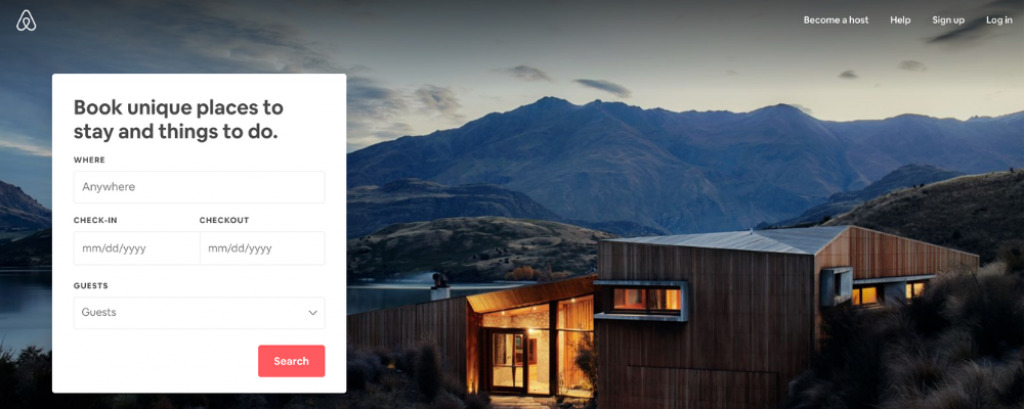
You might want to start your own marketplace or develop a separate service to your existing business. Either way, to create a marketplace, you will need to decide if you should do it from scratch or use a ready-built marketplace website. To do just that, you need to know the pros and cons of both options. That’s what we’ll look at next. (Note: These tips apply to your marketplace if you want to create a B2B, B2C, a service marketplace or an ecommerce marketplace.)
Creating your marketplace from scratch
What does it take to create a marketplace website from scratch?
The cost and time it takes to develop a marketplace are the biggest cons of developing your own website. The development costs of a basic, first version can easily go from at least $30,000 to around $150,000, depending on the complexity of your project and where you choose to develop it.
This is based on developer costs, as Ruby Garage sets out here. A basic marketplace can take up 1,050 hours if you develop it from scratch.
Based on the average hourly rates in Ukraine, Germany, and the US, you would end up with a price structure like this:
|
Country |
1044 hours |
|
Ukraine (avg. $31.5/h) |
$32,886 |
|
Germany (avg. $60/h) |
$62,640 |
|
USA (avg. $100/h) |
$104,400 |
But you’ll need more than just web developers on your team. In fact, you’ll need a project manager, a UI/UX designer, and QA engineers. You’ll also need to factor in the cost it takes to keep up your platform.
The biggest pro of developing your marketplace is that you can design and develop a unique marketplace website that works seamlessly for your every need. (However, some SaaS marketplace builders offer customization options.)
So. as you can see, developing a marketplace from scratch can take time and money. Next, let’s look at what a marketplace builder can offer you.
Setting up a ready-built marketplace in one day
The other alternative is to use a ready-built marketplace solution. This is usually a drag-and-drop tool you can use the customize the type of marketplace you need.
Now, marketplace software will usually be much more cost-effective than a marketplace that you develop yourself. Some of them will have plenty of features, as well as options for you to customize the platform to your needs.
Our own marketplace builder, Kreezalid offers three different options. You can start with a “starter” account or an “advanced” account. Both of these options allow you to customize the theme. We also offer a custom-built website, which means that we build a marketplace that fits your needs.
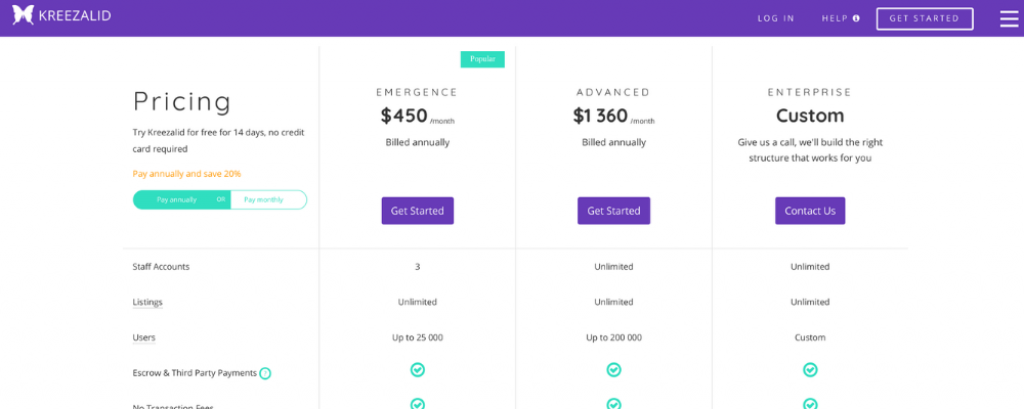
Because of these different options, a SaaS marketplace platform is usually a more cost-effective way to build your marketplace. Plus, you can anyway custom-build your platform, which means that you can make it as unique as you want to.
Because marketplace platforms are platforms that are already built, you can set up a simple minimum viable marketplace in less than a day. That’s what we’ll look at in the next chapter.
Pros and cons: Developing a marketplace vs SaaS marketplace platform
|
Developing a marketplace |
SaaS marketplace platform |
|
|
Unique/custom built |
YES |
YES |
|
Flexible options |
NO |
YES |
|
Requires team to manage |
YES |
NO |
|
Fast set-up |
NO |
YES |
How to validate your minimum viable marketplace
When you launch a new project like a new marketplace, you’ll want to first launch a minimum viable product to test your assumptions about your marketplace.
Basically, this is the simplest version of your marketplace that doesn’t necessarily include that many features. Instead, it focuses on addressing the pain point you want to solve.
Take Airbnb’s first version of their website. It was a plain website with a few listings that people could ask to rent. Or Uber, which launched a simple website (NOT the fancy app it uses today!).

(Credit: Wayback Machine)
Today, you have marketplace platforms that let you build marketplace websites with drag-and-drop tools. This makes it easy to set up a minimum viable product and test your marketplace.
On Kreezalid, you can use our dashboard to set up the features that are most important to your marketplace.
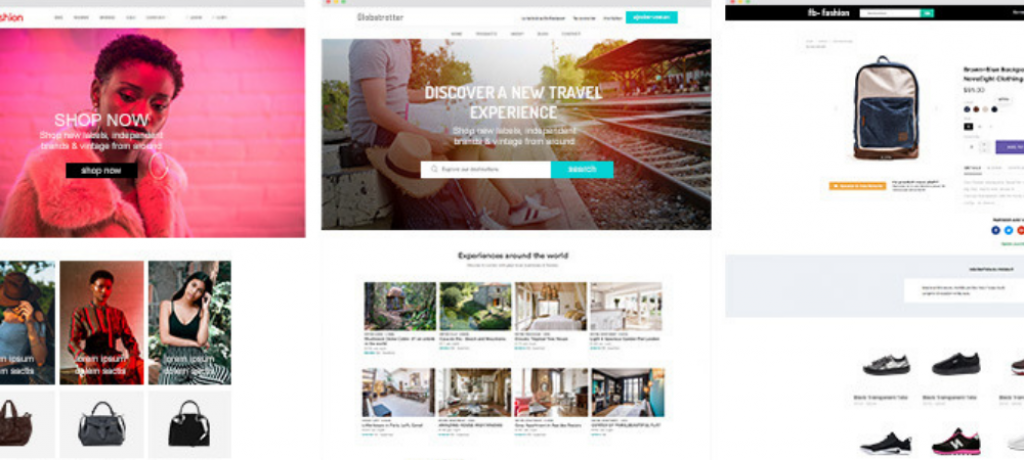
What marketplace features should you include?
What features do you need to include when you develop a marketplace website?
Good question. Of course, your MVP marketplace doesn’t need that many features. You can add them on as you grow. If you build your own marketplace website, you need to build more features as you grow your website. Most marketplace website builders offer ready-built features. At Kreezalid, we offer all the features mentioned here below (both basic and more advanced features).
The basic features you need are:
User accounts / Profiles
First, your users (both buyers and sellers) must be able to create accounts or profiles.
Their functionalities differ a bit. Sellers must have a way to add a description about themselves or their businesses and their offers, while buyers might need profiles with some basic information about themselves.
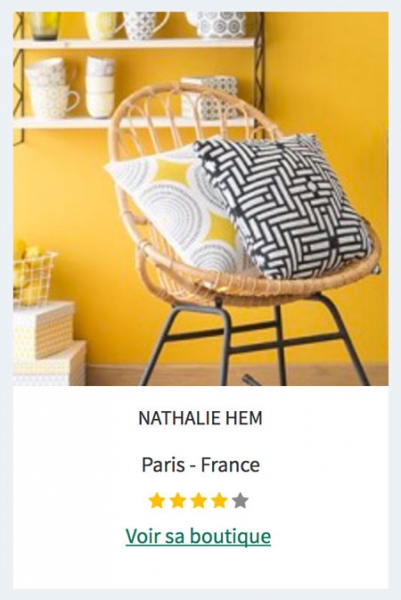
Security
Security is a huge consideration for you as the owner of a marketplace platform. Because you’re handling your users’ personal and payment information, your marketplace needs to be secure.
Listings
A marketplace needs listings, so a way for sellers to tell buyers about their offers. Note that your listings don’t have to be highly developed just yet. Instead, a simple way to buy and sell services and products is enough.
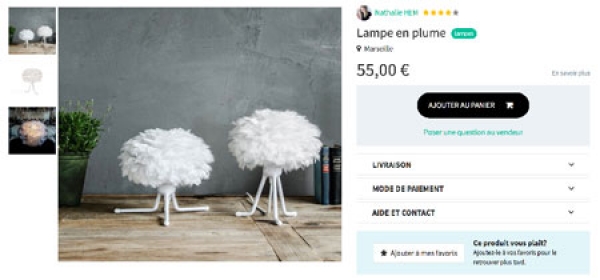
Payment system integration
Another feature you should have in the beginning is a payment solution. After all, buyers must be able to pay for their purchases. On Kreezalid, we use Stripe Connect and Mangopay.
Reviews
A marketplace is in large part built on trust. Both sellers and buyers have an interest in knowing how easy the other person is to deal with. Sellers want to know that they get paid and buyers want to make sure that what they’re buying is a quality product or service. Plus, reviews help you keep your marketplace high-quality. That’s why your MVP marketplace should include a function that lets users review each other.
Search engine
And finally, buyers need to have a way to find what sellers are offering. That’s why your marketplace needs some type of search engine that users can use to search for products and services (or geographical areas where a service is provided or similar). On Kreezalid, we offer a multi-criteria search engine.
Other features
When you have the above features implemented and you’ve validated your marketplace, you can start adding more features. But what features? Here you go:
Moderation tools
Moderation tools will help you keep up a high-quality marketplace. These include pre- or post listing moderation tools, as well as moderating members and activities on your platform.
Messages
You’ll want to have some sort of messaging system (even if it’s just a basic email account) when you first set up your marketplace. Once you have a more mature marketplace, you can implement a more sophisticated chat function.
Blog platform
When you have your marketplace set up, you can create a blog for your marketplace to bring in even more sellers and buyers. That’s a feature you can add to your site.
Search engine optimization
Another way to get more clients is to optimize your marketplace for search engines. That way, you can stand out by offering even more buyers to your sellers. Make sure your marketplace can be optimized for search engines.
Want to set up your marketplace right away?
Now you know how to best create a marketplace website.
Developing it from scratch can require quite a lot of your resources. While a custom marketplace does offer the benefit of being unique, you can get that same benefit from working with a marketplace platform that offers customization.
Want to get started right away? Sign up for our 14-day trial, it’s free!
